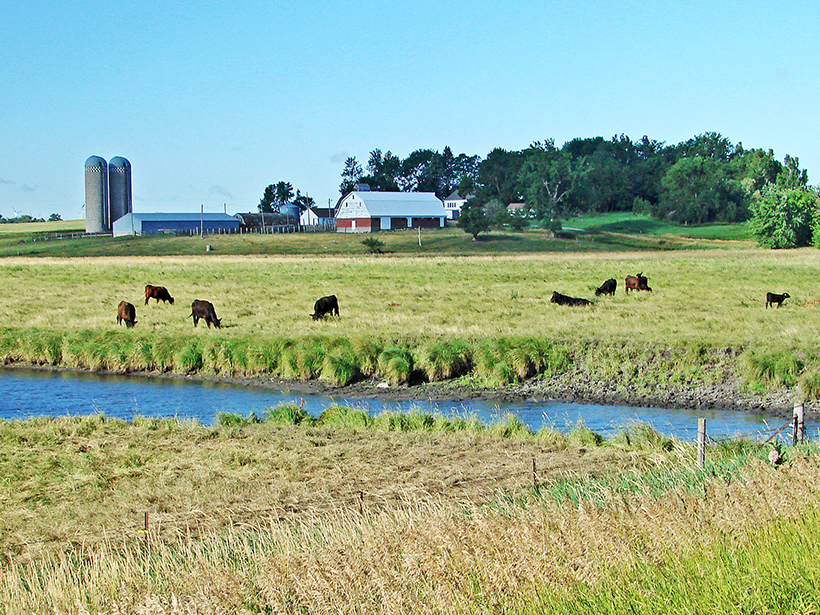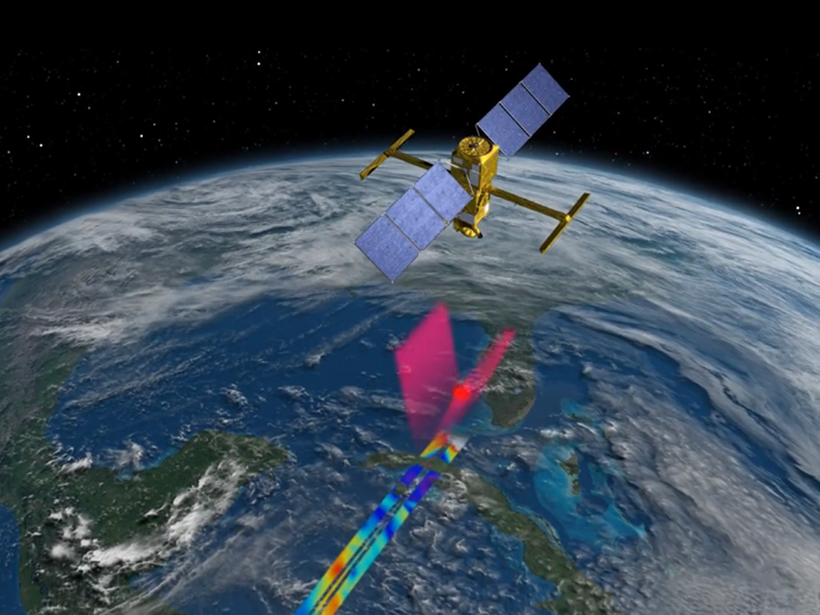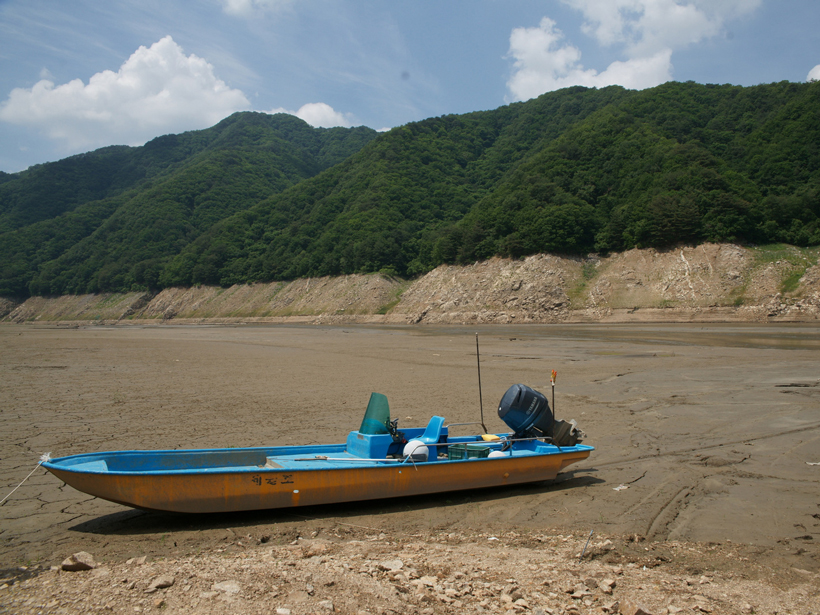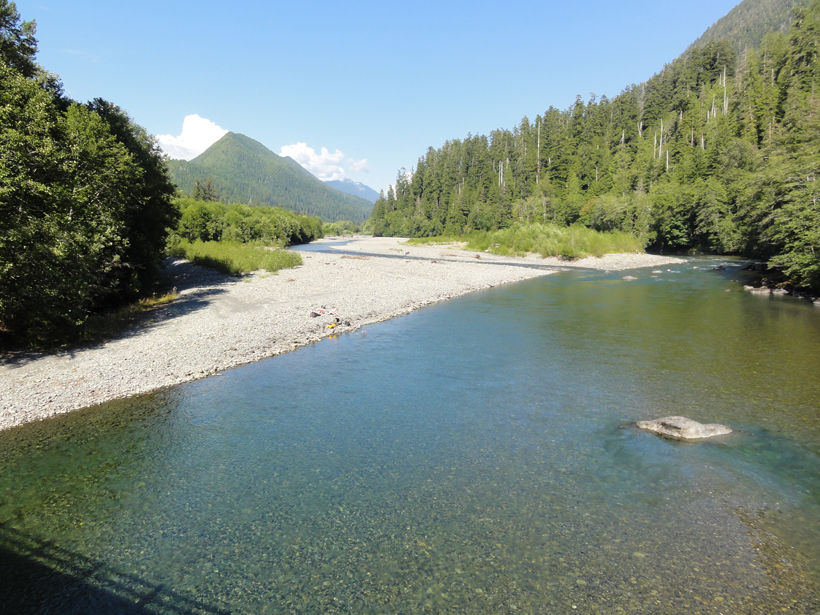The golden mussel has spread quickly in the 30 years since its arrival in South America and is transforming aquatic ecosystems in waterways across the continent.
freshwater
Global Water Clarity: Continuing a Century-Long Monitoring
An approach that combines field observations and satellite inferences of Secchi depth could transform how we assess water clarity across the globe and pinpoint key changes over the past century.
Modern Chemicals from Mystery Source Taint Fish in Utah Lake
Utah Lake’s fish contain high levels of a potential carcinogen. Could removing some bottom-feeders reduce this contamination?
Tracing Water’s Path Through the Santa Clara Valley Aquifer
In an increasingly drought prone climate, scientists study the impacts of drought on aquifer systems.
Polluted Lakes in Disguise
Clear lake water under highly polluted conditions might necessitate a rethink of water management policies and pollutant mitigation.
Putting Satellite Maps of Surface Water to Practical Use
2nd SWOT Application User Workshop: Engaging the User Community for Advancing Societal Applications of the Surface Water Ocean Topography (SWOT) Mission, Reston, Virginia, 5–6 April 2017
Aquatic Ecosystems in a Changing Climate
Chapman Conference on Extreme Climate Event Impacts on Aquatic Biogeochemical Cycles and Fluxes; San Juan, Puerto Rico, 22–27 January 2017
Why Is There So Much Carbon Dioxide in Rivers?
Observations of carbon dioxide oversaturation in the freshwater of the world led scientists to study its underlying causes at more than 100 field locations across the nation.
Whither Heterogeneity and Stochastic Subsurface Hydrology?
A debate series in Water Resources Research examines the gap between research and practice in the application of stochastic concepts for describing subsurface heterogeneity.
Global Significance of the Changing Freshwater Carbon Cycle
Freshwater ecosystems constitute a small fraction of our planet but play a disproportionately large and critical role in the global carbon cycle.










